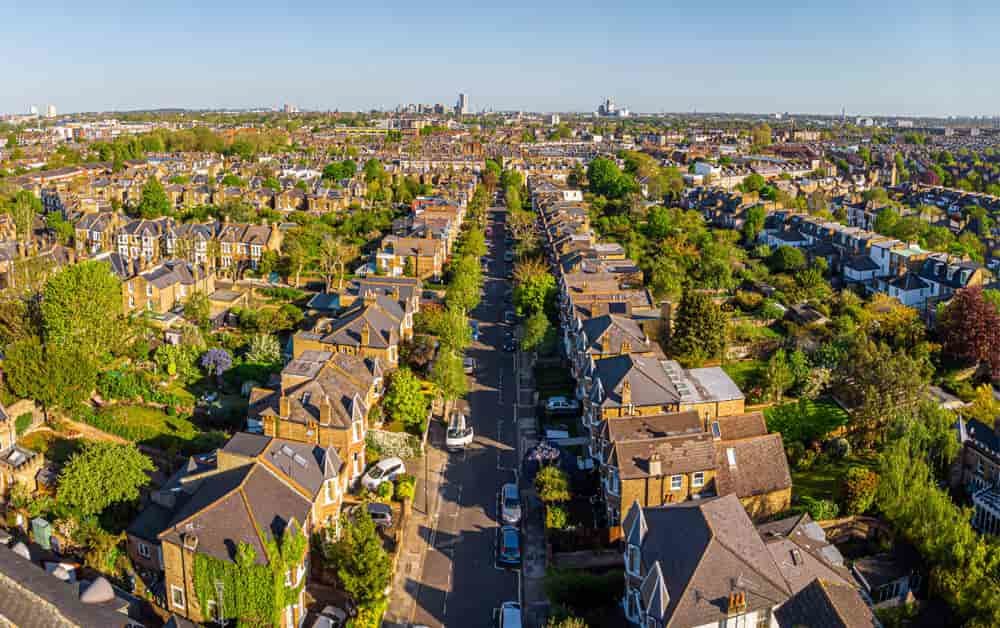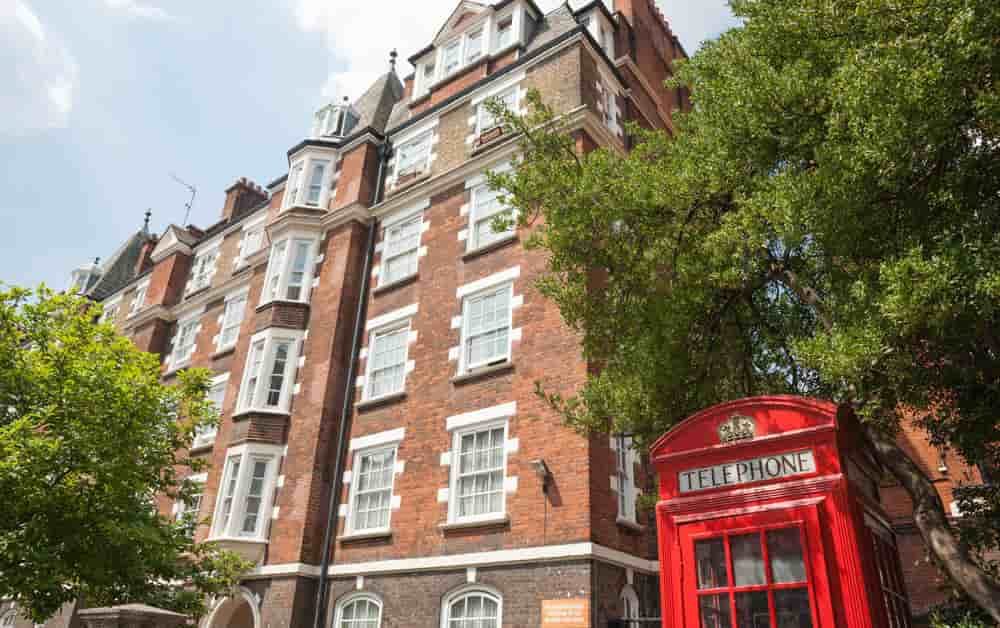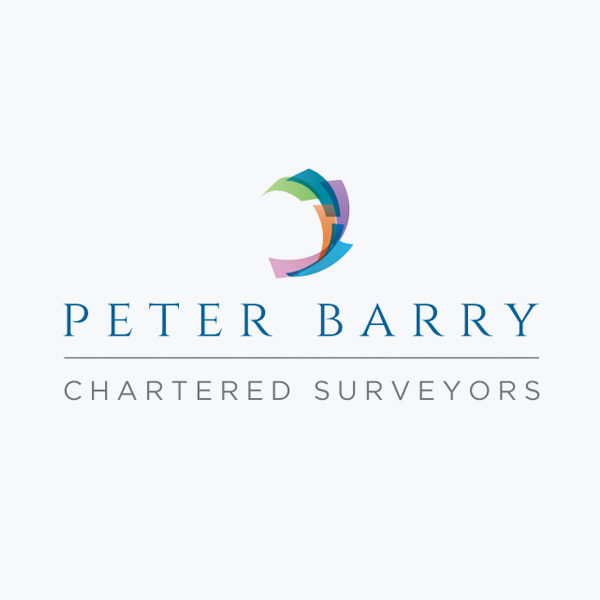When flat owners find themselves with a missing freeholder it can cause real problems. The freeholder will typically be responsible for insuring the building as well as organising external maintenance and repairs. Consequently, buildings with absentee freeholders can fall into disrepair, especially when the leaseholders can’t agree on how to tackle management issues.
Flats in buildings with a missing landlord can be hard to sell. Many buyers will be wary and some mortgage providers will flatly refuse to lend. The situation becomes more problematic as the length of the leases starts to diminish. Buyers are often put off by leases that have much below 85 years left and at below 60 years mortgagability is a significant issue.
There are a number of solutions for flat owners that find themselves in this situation. Under the Leasehold Reform, Housing and Urban Development Act 1993, flat owners can extend their leases individually, or collectively buy their freehold. Where the freeholder is absent, the courts will grant a Vesting Order and the sum payable into court for the acquisition will be set by the First-tier Tribunal. You can find out more about lease extensions and freehold enfranchisement on the respective pages of our website.
Leasehold Calculator
Estimate as to the likely costs of a lease extension under the Leasehold Reform, Housing and Urban Development Act 1993.

Alternative Means
Part III of the Landlord and Tenant Act 1987 provides an alternative means for flat owners to collectively acquire their freehold. Where the leases involved have less than 80 years left to run the 1987 Act is often significantly cheaper. The legislation allows the courts to grant an Acquisition Order if the landlord is in breach of obligations to repair, maintain, insure or manage the building. Again, the premium payable will be set by the First-tier Tribunal.
Under the 1993 Act, the premium includes 50% of ‘marriage value’ for all participant flat owners with leases of under 80 years. ‘Marriage value’ is the increase in the aggregate value of the freehold and leasehold interests that arises from the ability of the leaseholders to grant themselves new leases on acquiring the freehold. It is often a significant proportion of the premium. Under the 1987 Act, however, the sum payable is simply the value of the freehold interest in the property; there is no provision for the payment of marriage value. Consequently, when the leases involved have less than 80 years left to run, the leaseholders will almost invariably be better off seeking an Acquisition Order under the 1987 Act.

Contact Us
Our specialist leasehold reform valuers handle hundreds of cases every year. They have an extensive knowledge of the applicable legislation and associated valuation procedures. Our clients include individuals, investors and large property companies. We pride ourselves on providing them all with solid, straightforward, dependable advice and a high standard of representation.
If you require advice on acquiring the freehold of your building via one of these alternative routes you are welcome to contact us for some advice and a quote.
Contact Us

